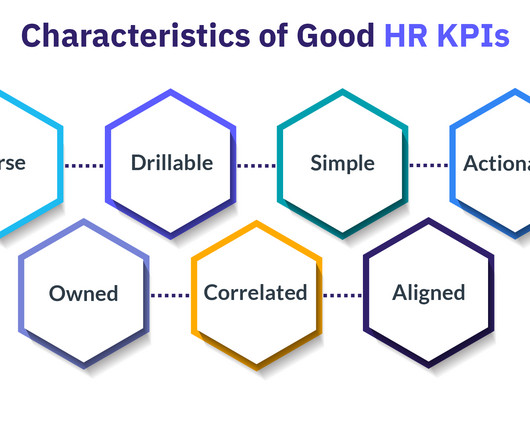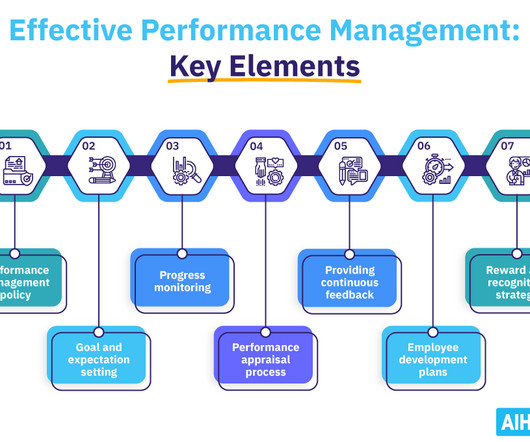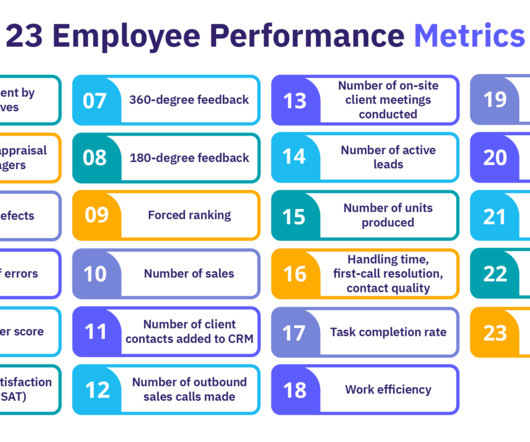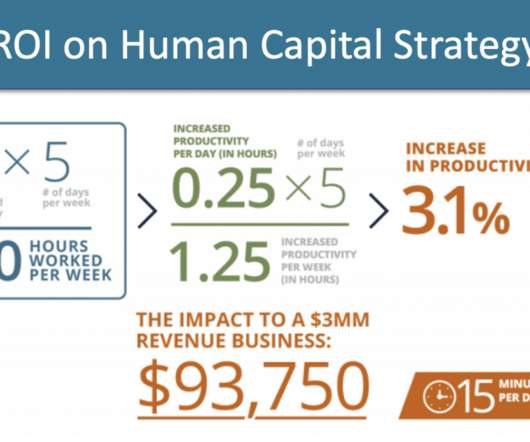HR KPIs: Guide, 20 Examples & Free Template
AIHR
DECEMBER 5, 2024
We will discuss what HR KPIs are and how you can use them, provide a framework for setting them up for your HR department and organization, and share a handy HR KPI template. Contents What are HR KPIs? How does HR use KPIs to support organizational needs? In this case, ‘Recruitment cost in Dollars’ is the KPI.

















Let's personalize your content